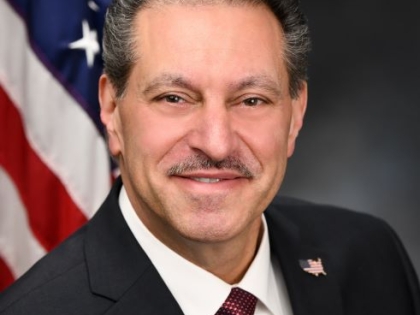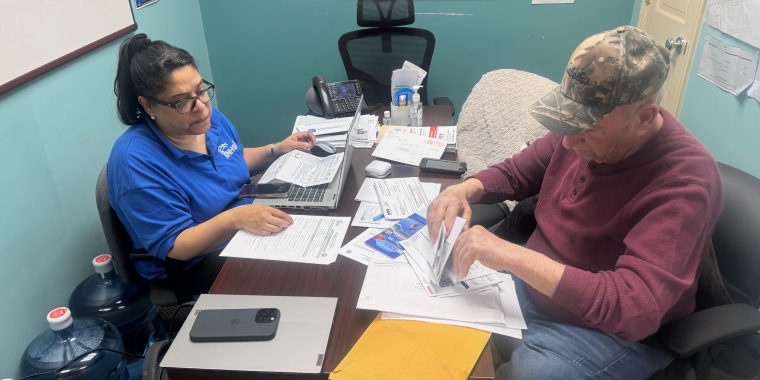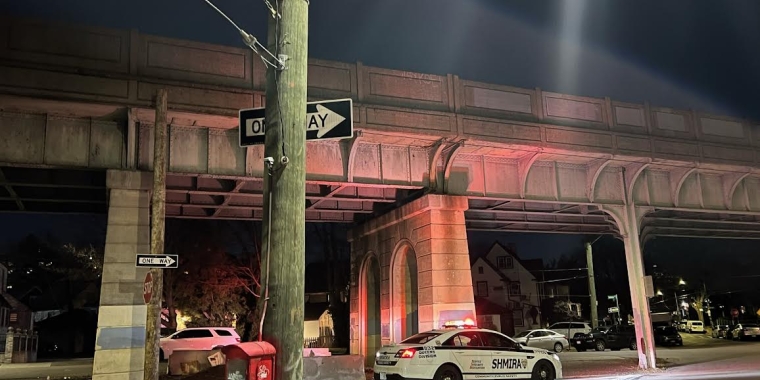
Why Queens’ Volunteer Ambulance Corps Should Be Linked to FDNY/EMS Hospital Ambulance Corps for the 9-1-1 Dispatch System
Testimony by NYS Senator Joseph P. Addabbo, Jr., for the February 23, 2010, Hearing by Fire & Criminal Justice Committee Chair NYC Councilwoman Elizabeth Crowley
Why Queens’ Volunteer Ambulance Corps Should Be Linked to FDNY/EMS Hospital Ambulance Corps for the 9-1-1 Dispatch System
Recent announcements from the mayor concerning the FY 2011-12 city budget negotiations that become final this June, indicated that the city threatens to close some fire houses, including a Ridgewood fire house, and lay off some firefighters, as cost-saving measures. Federal and state funding streams also have been reduced for this fiscal year, and for the next few years, to alleviate budget shortfalls.
I join Councilwoman Crowley in fighting against these threatened closings, layoffs and funding reductions targeting our first responders, paid or unpaid.
I’d like to focus on our volunteer ambulance services today, which are vital to our Queens neighborhoods, particularly during the overnight hours, shifts that are shared by so many volunteers. The volunteer ambulance corps get a vast majority of their financial support from area residents and through government grants for equipment. In fact, the Woodhaven Richmond Hill VAC just held a pasta supper fundraiser, the first of many to come, to stay afloat.
Volunteer ambulance services respond to 10,000-15,000 emergencies annually in the city. There are from 17-20 volunteer ambulance services spread throughout Queens. Overall, 35 volunteer squads operate some 50 ambulances, mostly in Queens, Brooklyn and Staten Island to handle those thousands of EMS calls a year. Most in Queens have been operating for 35 years or more. Volunteer ambulances are insured, according to NYS Volunteer Ambulance Association.
The volunteer medics who ride the units all have the same qualifications/certifications that any other medic units have. Many volunteers, in fact, are off-duty FDNY EMS medics. And, let’s remember that all the volunteer ambulances responded on September 11, 2001. Let’s also be reminded that one 19-year-old medic from the Forest Hills vollies died inside the collapsing Twin Towers.
Here’s a summary of volunteer EMT facts and of the issues now being disputed between the FDNY and the Volunteer Ambulance Corps:
About a month ago, a NEW YORK POST article claimed the city’s 35 community-based volunteer ambulance organizations were “kicked off” the 9-1-1 system. Since then, the FDNY insists that recent changes to that 9-1-1 system concerning the volunteers are simply “clerical” and won’t have any impact on the ability to respond to emergency calls. The volunteers were previously given access to the system “as a courtesy” but were never dispatched to respond to emergency calls. Ms. Crowley and I, and several other local elected officials, are looking into the matter to ensure that public safety isn’t compromised by the change. I agree with Councilman Peter Vallone that a change that could impact response time to a fire or a medical emergency should not be done without the input of the public and City Council. He believes the volunteer fire and ambulance corps were definitely able to log into the 9-1-1 system, but now the FDNY is not sharing information in a way previously done. We all believe more information is needed about this rather puzzling issue involving safety at the resident’s expense, and we support Mr. Vallone’s call to discuss it with the new Fire Commissioner, Sal Cassano.
According to Ryan Gunning, President of the Glendale Volunteer Ambulance Corp., who is also chair of the NYS Volunteer Ambulance & Rescue Association-District 4, local volunteers have been “dealing with varied responses in their contacts with FDNY” since October. “In 2001, the FDNY EMS issued a command order formalizing procedures for communication with volunteer fire and ambulance corps to maximize system utilization of available resources. That order was revoked over the past year without any notice to local groups,” said Gunning. He was interviewed by The Queens Forum recently and he wondered, “In this current economic crisis, should we really be cutting off contact with the free services of the volunteer EMS sector? We want better communications between FDNY and the vollies; we don’t want to supplant them—we want to supplement them.” I believe Mr. Gunning is right on the mark with this safety issue.
Last year’s swine flu panic that began in Queens saw the FDNY and volunteer emergency responders establish a mutual aid partnership, during which some ambulances not generally included in the 9-1-1 system, were assigned to help respond to certain calls. The FDNY sends the volunteers to one of their EMS stations to make sure they have the proper equipment and training. Total hours when mutual aid is utilized are only about 30 to 40 a year, according to the FDNY. Ambulance services provided by hospitals like New York Hospital-Queens or Elmhurst Medical Center is negotiated under strict guidelines with FDNY, in terms of hours, training, insurance, education and technology, according to the FDNY.
Though emergency calls are up, the total number of volunteer firefighters is down. Volunteer firefighters make up the largest number of firefighters in our state: some 96,000 volunteer fire fighters.
Recently, I supported a New York State Senate bill sponsored by Sen. Neil D. Breslin (D-Albany), Chair of the Insurance Committee, which recognizes and rewards the public service of men and women volunteers in local fire or ambulance companies by permitting any public corporation to extend health services and insurance to volunteer firefighters and ambulance workers. It allows volunteers, many of whom have no insurance or pay very expensive premiums on their own, to receive affordable health coverage through their municipality. This bill passed the Senate and is currently in the Insurance Committee of the Assembly, placed on the Assembly’s Insurance Committee’s agenda for Tuesday, February 23.
Currently, NYSHIP (NYS Health Insurance Plan) is offered in about 900 municipalities across the state, modeled after a similar provision in the General Municipal Law that allows volunteer school board members to purchase health benefits through their school districts.
For those fire departments and districts/ambulance companies facing recruitment shortages, this law would assist in recruiting men and women who wish to serve their communities while keeping health care affordable.
There are many areas in my district, for example, Hamilton Beach--a part of Howard Beach--that are geographically isolated; the residents rely on their volunteer fire and ambulance corps as a means of first response to any emergency. Similar isolated communities with local volunteer responders exist throughout Queens and the city.
The volunteers not only save the city a lot of money, but many in Queens say they are seriously reducing response times in many instances. They are basic life support providers. With Queens losing three hospitals within the last year and with our residents about to witness a drastic reduction in services from our New York City Fire Department, the volunteer fire and ambulance corps are more important than ever to our people. This is not the time to ignore them or take them out of the 9-1-1 system.
# # #

